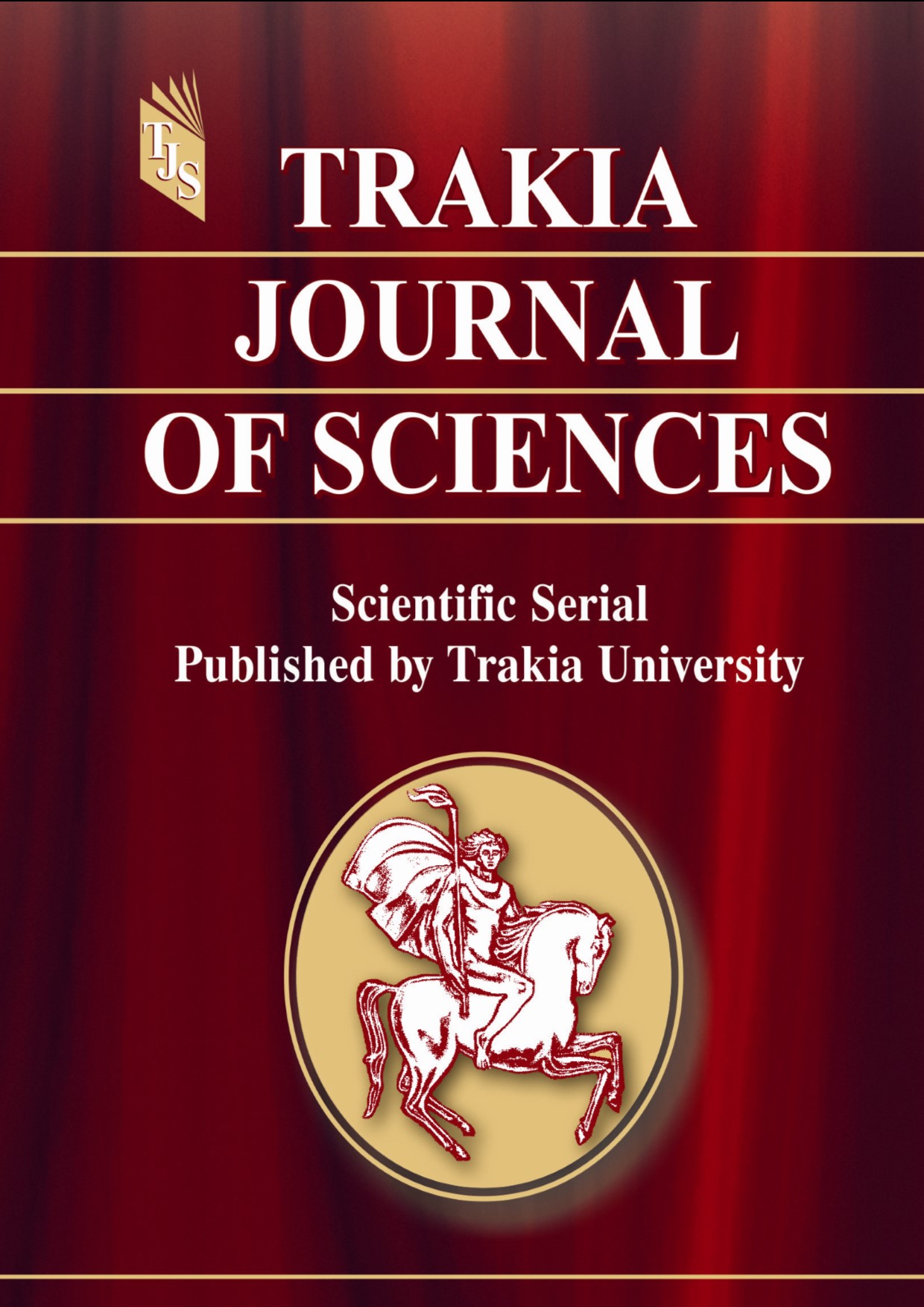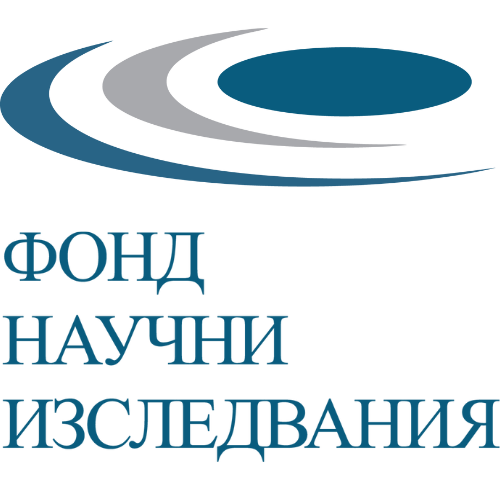EFFECT OF THE ADDITION OF AUTOLYZED BREWER`S YEAST IN THE DIET OF SOWS OF THE EAST BALKAN BREED ON SOME HAEMATOLOGICAL AND BIOCHEMICAL INDICATORS: PRELIMINARY RESULTS
DOI:
https://doi.org/10.15547/tjs.2024.04.002Keywords:
pigs, brewer's yeast, growth, blood indicatorsAbstract
The experiment was carried out with 10 sows reared at the SCA - Sredets. The pigs were divided into two groups: control (n=5) and experimental (n=5), equalized according to age and body weight. Each pig received 3 kg of feed per day comprising of barley and wheat in a ratio of 70:30%. Experimental pigs received additionally 3% autolyzed brewer's yeast per 100 kg of feed. A body weight and blood indicators were recorded at the beginning and the end of the trial. During the experimental period the body weights increased from 111,360 kg to 131,860 kg and from 111,280 kg to 135,740 kg, for the control and experimental group, respectively. In treated pigs, the values of CHOL and TRG decreased by 17.24% (P< 0.05). The inclusion of autolyzed brewer's yeast in the diet of sows had a positive effect on their weight development associated with a rising trend in body weight at the end of the trial. We speculate that this additive may improve the physical health of the animals by impacting their lipid metabolism, yet future investigations with a larger number of pigs can further clarify this question.
References
Khlebarov, G., The East Balkan pig, 1922. (bg)
Petrov, A., Studies on the origin of Bulgarian aboriginal domestic pigs, Bulgarian Journal of Animal Husbandry, 1, 101-108, 1970. (bg)
Danchev, J., The aboriginal primitive breed of East Balkan pig in Strandzha. Strandzhansko - Sakarski collection, Malko Tarnovo, 2,1984. (bg)
Palova, N., R. Nedeva, K. Stoeva, Y. Marchev, Influence of different types of feed on the productivity of growing pigs of the East Balkan breed, 6, 95-98,2011. (bg)
Kanev, D., N. Palova, Y. Marchev, S. Ivanova-Peneva, Influence of waste products from the distillery industry on the feeding of suckling pigs of the East Balkan breed, Bulgarian Journal of Animal Husbandry, 1, 6, 16-20,2013. (bg)
Palova, N. Study on the weight development of pigs of the East Balkan breed depending on sex and season at two levels of protein, Bulgarian Journal of Veternary medicine,12, suppl., 1, 130-134, 2009. (bg)
Yordanova, G., N. Palova, R.Nedeva, Influence of the Promixan Probiotic on Productivity of Growing Pigs from the East Balkan Swine Breed, International Journal of Innovative Approaches in Agricultural Research 2021, Vol. 5 (4), 445-451, 2021.
Jha, R., Fouhse, J. M., Tiwari, U. P., Li, L. & Willing, B. P. (2019). Dietary fiber and intestinal health of monogastric animals. Front. Vet. Sci., 6, 48.
Berg, R. D. (1999). Bacterial translocation from the gastrointestinal tract. Adv. Exp. Med. Biol., 473, 11–30
Kogan, G. & Kocher, A. (2007). Role of yeast cell wall polysaccharides in pig nutrition and health protection. Livest. Sci., 109(1-3), 161–5.
Spring, P., Wenk, C., Dawson, K. A. & Newman, K. E. (2000). The effects of dietary mannaoligosaccharides on cecal parameters and the concentrations of enteric bacteria in the ceca of salmonella-challenged broiler chicks. Poult. Sci., 79(2), 205–11.
Perez-Sotelo, L. S., Talavera-Rojas, M., Monroy-Salazar, H. G., Lagunas-Bernabe, S., Cuaron-Ibarguengoytia, J. A., Jimenez, R. M. & Vazquez-Chagoyan, J. C. (2005). In vitro evaluation of the binding capacity of Saccharomyces cerevisiae Sc47 to adhere to the wall of Salmonella spp. Rev. Latinoam. Microbiol., 47(3-4), 70–5.
Sandev, S., Chemical methods for forage analysis, Sofia, Zemizdat, 182, 1979.
Marchev, Y., N. Palova, R. Nedeva, D. Krusheva, Productivity of sucling and growing pigs from Eastbalkan breed and its crosses in feeding with organic feeds, Bulgarian journal of Animal husbandry, Vol. 54, 3, 2017
Palova, N. Assessment of main fattening and slaughter qualities in pigs from the East Balkan breed, reared in natural conditions. Dissertation, Sredets, Bulgaria, 2006.
Stefanova, S., M. Benkov, Dynamics of some hematological indicators in young pigs reared under different light day lengths, Bulgarian Journal of Animal Husbandry, 1, 70, 1983. (bg)
Kovalenko, A., I. Klimenko, U. Muravskii, Dynamics of biochemical blood indices of Large White sows of Austrian selection in the process of adaptation. News of the Orenburg State Agrarian University, 145–149, 2013.
Perevoiko, Jh., V. Kosilov, The main biochemical indicators of the boars and sows blood of LargeWhitebreed. News of the Orenburg State Agrarian University, 5(49), 196–199, 2014.
Thorn, C. E., Feldman B. F., Zinkl J. G., Jain N. C., Baltimore MD: Lippincott Williams & Wilkins; Normal hematology of the pig; pp. 1089–1095, 2000.
Chemshirova, N., Biochemical indicators of blood and their relationship with milk productivity, Bulgarian Journal of Animal Husbandry, 2, 45-47, 2000. (bg)
Yordanova, G., R. Nenova, A. Apostolov, R. Nedeva. Effect of the use of autolyzed brewer’s yeast in compound feeds for weaned pigs, Bulgarian Journal of Animal Husbandry, 1, 60, 51-57, 2023.
Yordanova, G., R. Nenova, R. Nedeva, A. Apostolov, K. Eneva. Influence of the Addition of Autolyzed Brewer's Yeast on the Productivity and Health Status of Weaned Pigs (in press), 2024.
JianYingZhang, JaeWonPark andInHo Kim, Effect of supplementation with brewer's yeast hydrolysate on growth performance, nutrients digestibility, blood profiles and meat quality in growing to finishing pigs. Asian-Australas J AnimSciVol. 32, No. 10:1565-1572, 2019.
Waititu SM, Heo JM, Patterson R, Nyachoti CM., Dietary yeast - based nucleotides as an alternative to in-feed antibiotics in promoting growth performance and nutrient utilization in weaned pigs. Can J AnimSci;96, 289-93. https://doi.org/10.1139/cjas-2015-0067, 2016.
Daly, K.,Alistair, C., Darby,Neil Hall, Alexandra Nau, David Bravo and Soraya P. Shirazi-Beechey, Dietary supplementation with lactose or artificial sweetener enhances swine gut Lactobacillus population abundance. Published online by Cambridge University Press, 2014.

Downloads
Published
Issue
Section
License
Copyright (c) 2024 Trakia University

This work is licensed under a Creative Commons Attribution-NonCommercial 4.0 International License.


